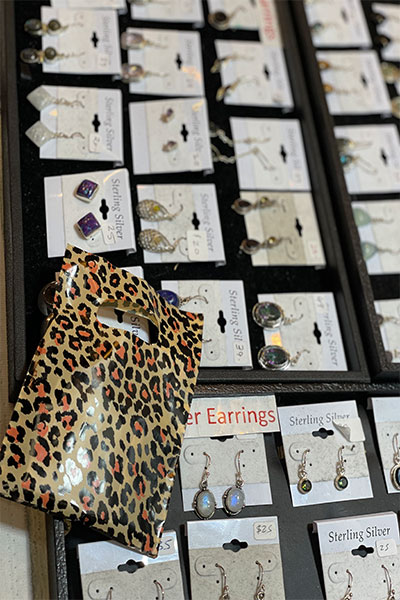Selling your product at the Alameda County Fair in June and July can be an exhilarating opportunity to showcase your offerings, connect with a diverse audience, and boost your sales. Fairs, whether local, artisanal, or thematic, provide a vibrant platform to engage with potential customers and leave a lasting impression. Here’s a comprehensive guide on how to effectively sell your product at the Fair:
1. Preparation is Key:Know Your Audience:
- Understand the demographics and interests of the fair attendees to tailor your approach and offerings accordingly.
Set Clear Goals:
- Define your objectives for the fair – whether it’s increasing sales, building brand awareness, or introducing new products.
Booth Setup:
- Create an inviting and visually appealing display that highlights your product’s features. Use signage, banners and attractive packaging to draw attention.

2. Engage and Interact:Product Knowledge:
- Train your staff to be well-versed in your product’s features, benefits, and uniqueness. Engage visitors by sharing interesting insights about your offerings.
Interactive Demos or Samples:
- Allow customers to experience your product firsthand through demonstrations or free samples. This fosters engagement and encourages potential buyers to make informed decisions.
Storytelling:
- Share your brand story and the inspiration behind your product. Authentic storytelling can resonate with customers and create an emotional connection.

3. Marketing and Promotion:Pre-Fair Promotion:
- Leverage social media, email marketing, and your website to create buzz about your participation in the fair. Offer sneak peeks, exclusive deals, or incentives to attract visitors to your booth. Tag Alameda County Fair to reach a larger audience.
Special Offers:
- Consider offering fair-exclusive discounts or bundles to incentivize purchases and create a sense of urgency. Check with your Alameda County Fair coordinator to find out if there are advertised “deals” you can join.
Collect Contact Information:
- Use contests, giveaways, or a simple sign-up sheet to gather visitors’ contact details for future follow-ups and marketing efforts, just be sure to have your promotion approved by your Alameda County Fair coordinator.
4. Customer Service Excellence:Approachability:
- Be approachable and friendly. Greet visitors warmly and be open to answering questions or providing assistance. Do not be pushy, that only makes guests ignore the offer.
Listen and Adapt:
- Pay attention to customer feedback and adapt your approach accordingly. Address concerns promptly and courteously.
Follow Up:
- Follow up with leads and potential customers post-Fair. Send thank-you emails, offer additional information, or provide special post-fair discounts to maintain engagement.
5. Evaluate and Learn:Measure Success:
- Assess your performance by analyzing sales figures, customer feedback, and leads generated. Identify what worked well and areas for improvement.
Reflect and Adjust:
- Use the insights gained from the Fair experience to refine your strategies for future events. Adapt your approach, booth setup or product offerings based on the lessons learned.

Selling your product at the Alameda County Fair presents an incredible opportunity to showcase your brand, engage with customers and drive sales. With meticulous planning, engaging presentation, effective marketing and exceptional customer service, you can make the most of this platform to elevate your brand’s visibility and profitability.
Remember, a successful Fair isn’t just about immediate sales; it’s about creating lasting impressions and building relationships that can translate into loyal customers and sustained growth for your business.
For more information or to apply, click here!





